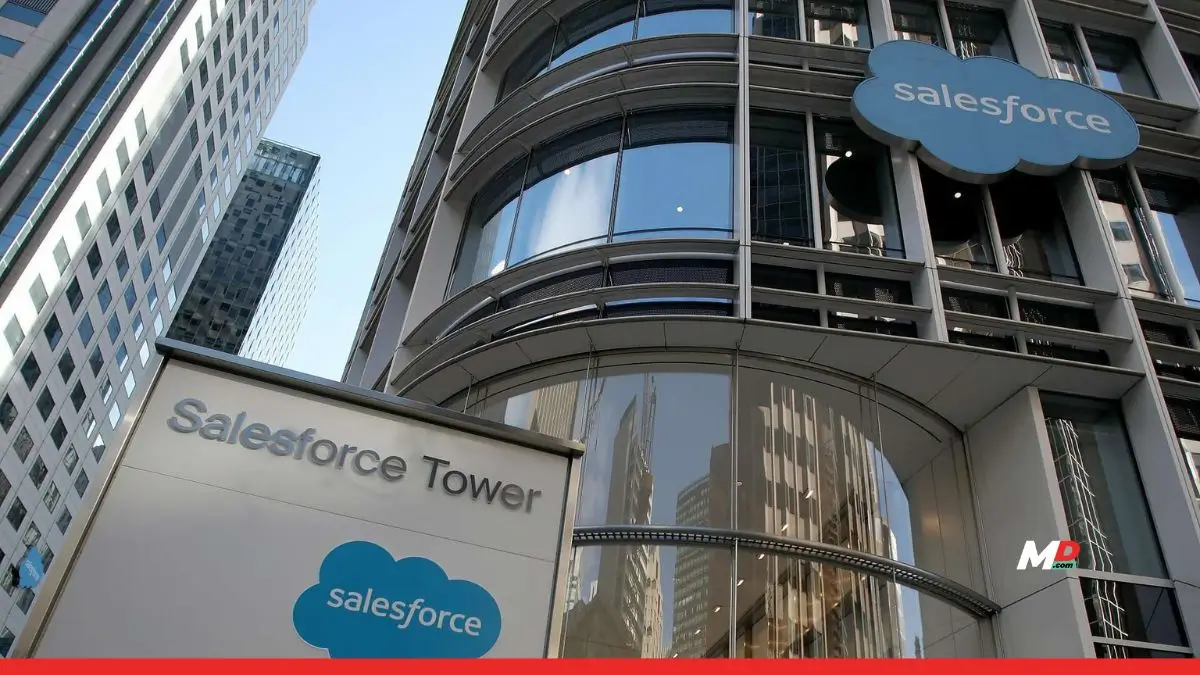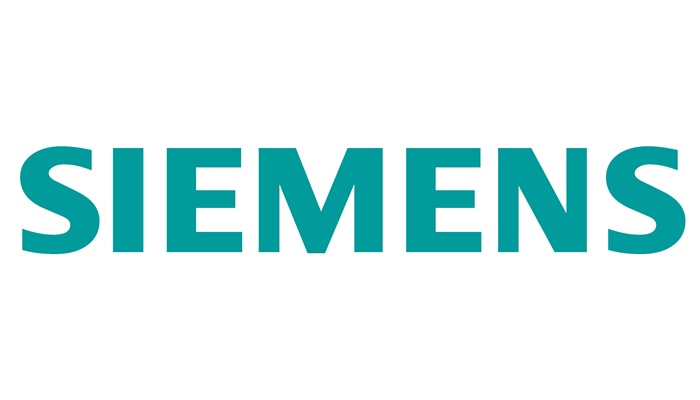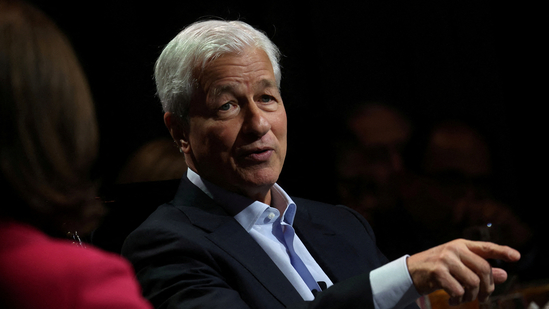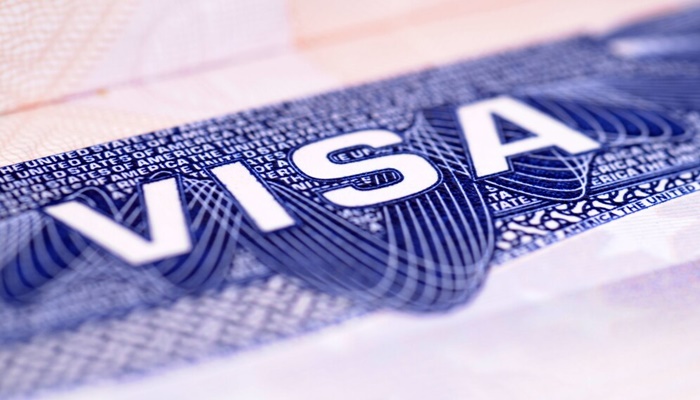US Visa Bulletin May 2025: Thousands of Indians waiting for a green card through the EB-5 investor visa will now face longer delays, as the United States Department of State’s May 2025 Visa Bulletin shows a six-month retrogression in the EB-5 unreserved category for India.
The final action date for Indian applicants in the unreserved EB-5 category has moved back to May 1, 2019. For Chinese applicants, the date remains at January 22, 2014.
In the April 2025 bulletin, EB-5 visa had been retrogressed by over two years to November 1, 2019.
“High demand and number use by India in the EB-5 unreserved visa categories, combined with increased Rest of World demand and number use, made it necessary to further retrogress the India final action date to hold number use within the maximum allowed under the FY-2025 annual limits,” US Citizenship and Immigration Services (USCIS) said.
No movement in EB-1, EB-2 categories
The employment-based first preference (EB-1) category remains unchanged. The cut-off for India stays at February 2, 2022, and for China at November 8, 2022. All other countries remain current.
There is also no change for EB-2 applicants. The cut-off for India holds at January 1, 2013, and for China at October 1, 2020. All other nationalities remain on June 22, 2023.
Small relief for EB-3 applicants
EB-3 for India moves forward by two weeks to April 15, 2013
EB-3 for China remains at November 1, 2020
Other countries stay at January 1, 2023
In the EB-3 Other Workers category, the cut-off for India also shifts to April 15, 2013. For China, it’s April 1, 2017. The cut-off for all other countries remains at May 22, 2021.
The Department of State also clarified visa caps under the Immigration and Nationality Act:
Family-sponsored preference limit: 226,000
Employment-based preference cap: 140,000
Per-country limit: 25,620
Dependent area limit: 7,320
What visa retrogression means
Every month, the US government publishes a visa bulletin outlining who can move forward in their green card process. It sets cut-off dates by country and visa category. Applicants with a priority date before the listed date can submit their green card applications or expect a decision.
Retrogression occurs when the number of applicants exceeds the visa availability for a category or nationality. It usually happens when the annual limits are close to being reached.
Applicants in and outside the US affected differently
If in the US: Existing applications are paused. Those with Employment Authorisation Documents (EADs) or Advance Parole (AP) can continue working or travelling
If outside the US: Interviews at embassies or consulates can’t be scheduled until the priority date becomes current again
Retrogression does not cancel an application. It only delays final approval.
Trump policies raising concern
Since Donald Trump’s return to the White House in January 2025, his administration has brought immigration back to the forefront. While the focus has been on illegal immigration, visa policies for high-skilled and investment-based categories are also seeing changes.
Breakdown of EB visa categories
EB-1: for priority workers including researchers, professors, and executives
EB-2: for advanced degree holders or those with exceptional ability
EB-3: for professionals, skilled and unskilled workers
EB-4: for special immigrants including religious workers
EB-5: for investors who create or preserve 10 full-time US jobs with a substantial investment
EB-5 visas include reserved categories for rural, high-unemployment, and infrastructure-linked investments.
According to Varun Singh, managing director at XIPHIAS Immigration, Indian investors using the EB-5 route are already facing extended processing times.
“Earlier the process would take two years. Now, delays are pushing timelines further, affecting families’ relocation plans and children’s education,” said Singh.
He added that age-out risks for children over 21, changing investment preferences, and rising uncertainty are leading some to consider alternate destinations.
“Many are now weighing their options in Portugal, the UAE, and Canada, which continue to run investor-friendly residency programmes,” said Singh.
Trump’s new ‘gold card’ scheme may impact EB-5 visa
In February 2025, the Trump administration introduced a new $5 million ‘gold card’ programme, offering fast-track residency and potential citizenship to ultra-rich investors. Trump plans to replace the gold card with EB-5 visa.






















